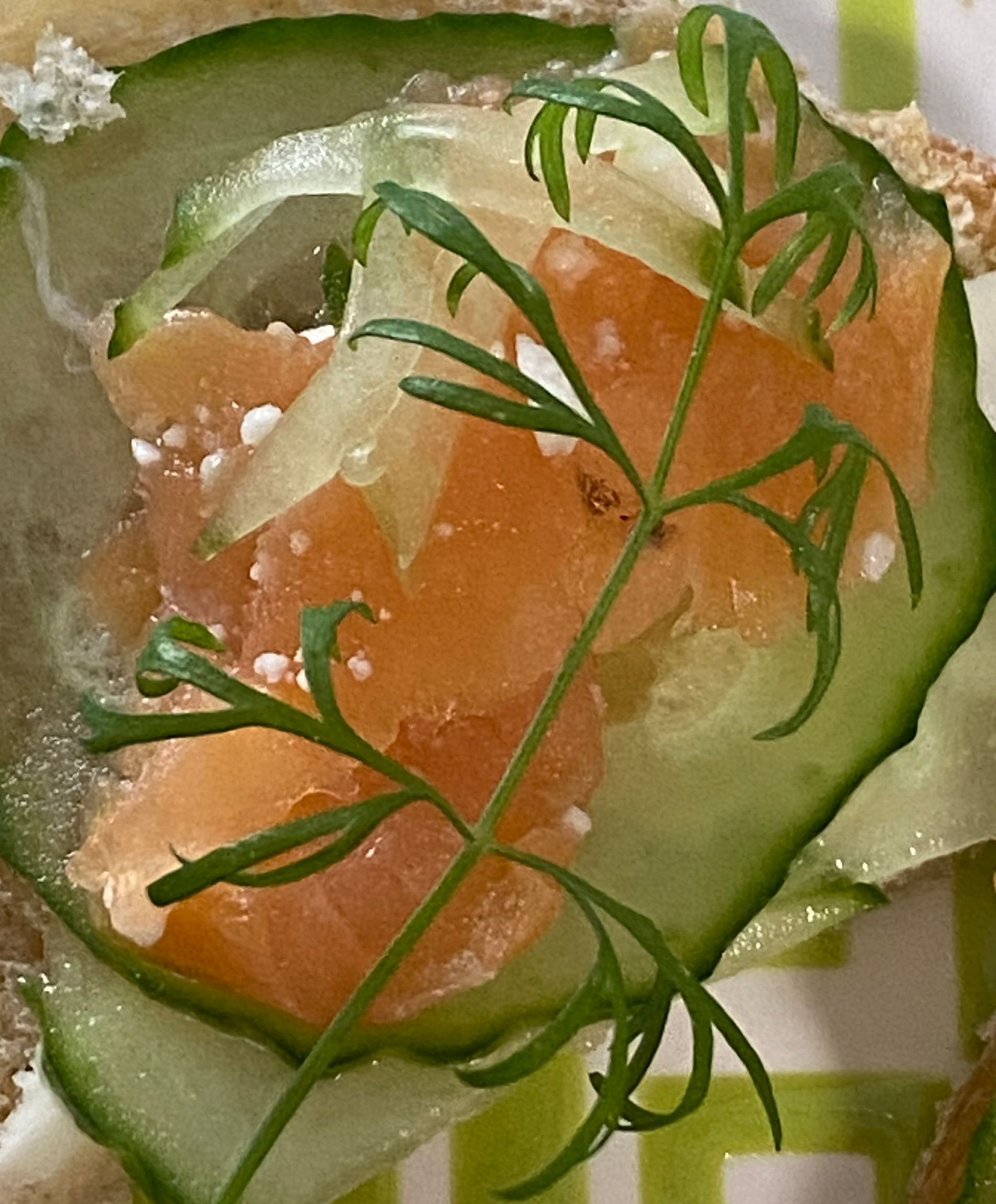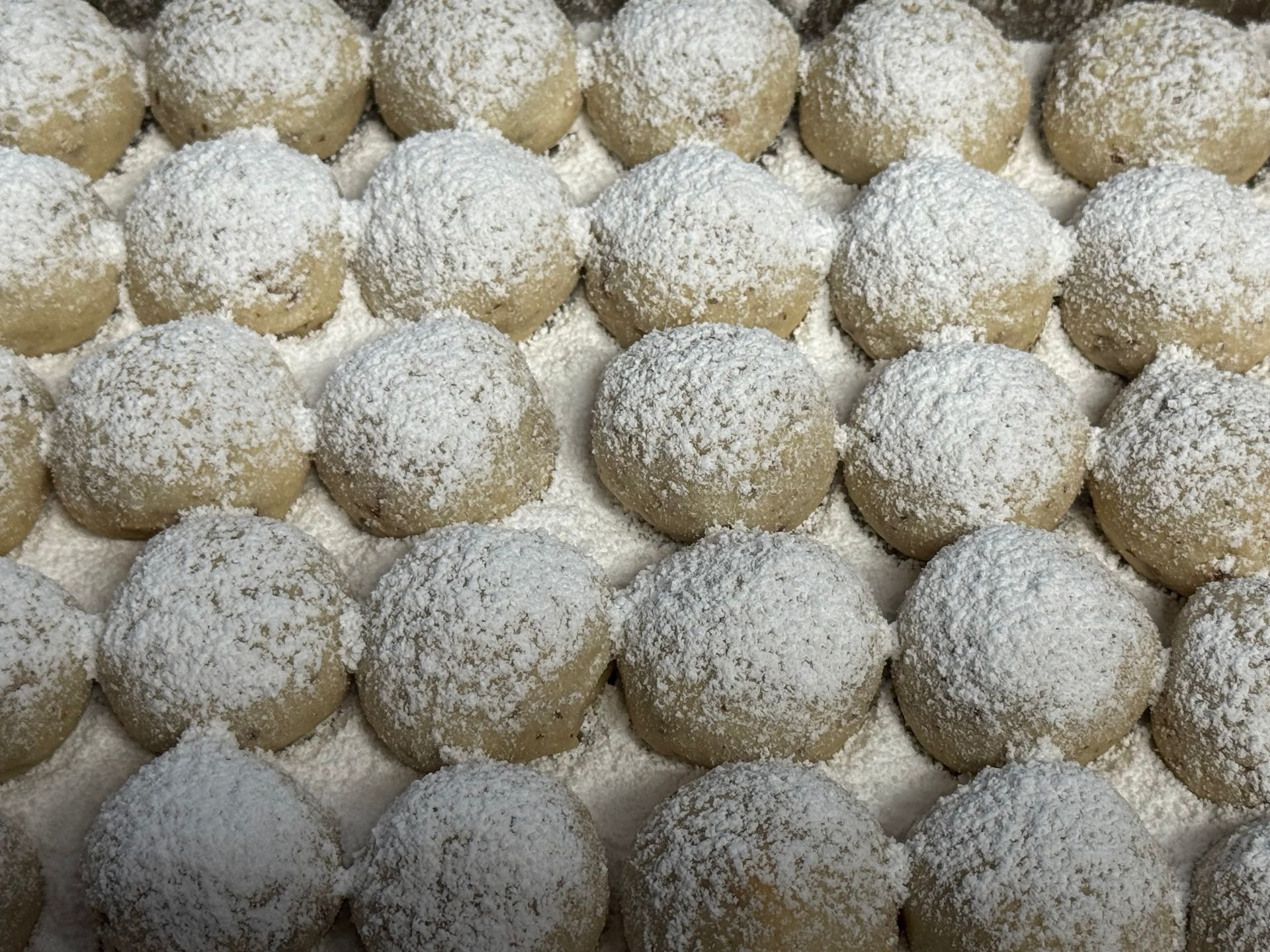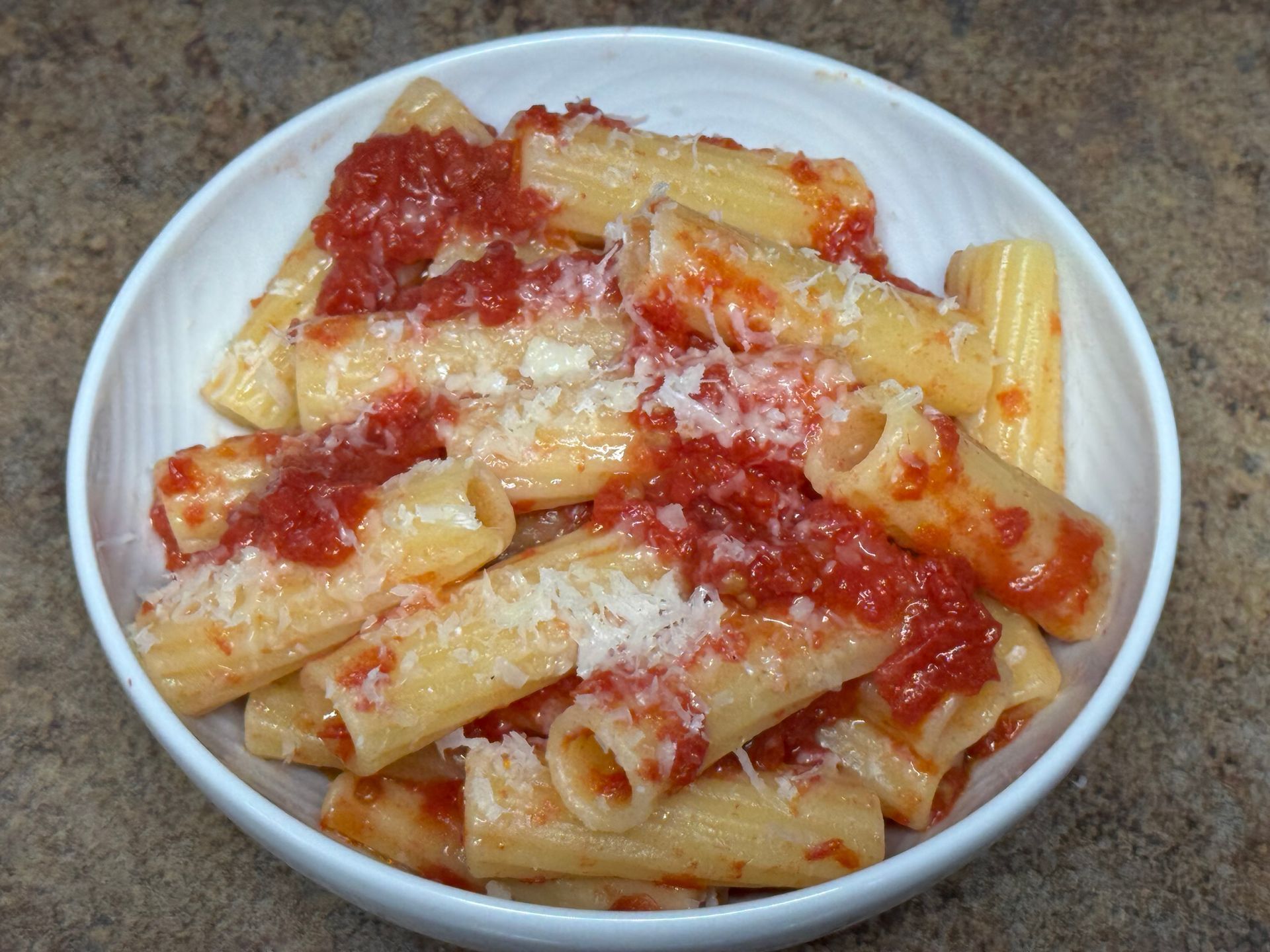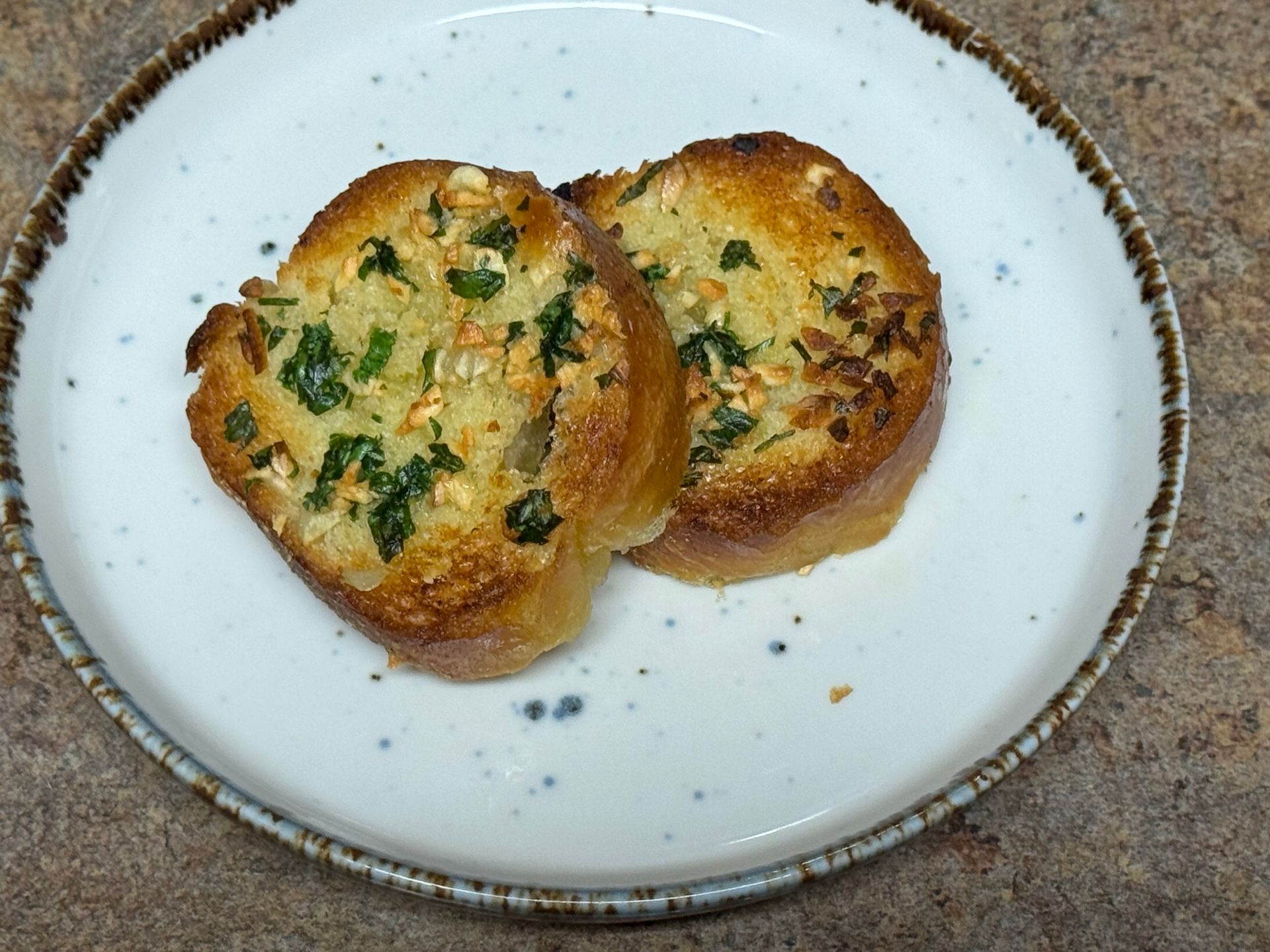
I taught garde manager for many years at the CIA and this is one of my favorite recipes from class. I actually developed this recipe with one of my students, inspired by a recipe he had learned on his externship.

Miso Cured Salmon Fillet
One of the most enjoyable parts of being an instructor at the CIA was the opportunity for learning. There is an abundance of experience and expertise at the institute and I was very fortunate to learn so many things about our craft from instructors, visiting chefs, CMC’s and especially from the amazing students. I’ve always been a student at heart.
This is a recipe my Garde Manger students prepared weekly for class & when we served hot & cold hors d' oeuvres at the President's reception each block. I still prepare this for special occasions... it's so good.
Prep Time: 3o min
Cooking Time: 2 days to cure
Ingredients
1 ea Salmon fillet
2 lbs Kosher salt
1 lb Sugar
2 lb Brown miso paste
2 Tbsp Ginger root, minced
4 Tbsp Onion powder
4 cups Green onion, sliced thinly
1 Tbsp Garlic powder
1 cup Cilantro, fresh, chopped fine
How to prepare Miso Cured Salmon


Step 1
Mix all of the curing ingredients together in a bowl.
Make shallow slits in the skin of the salmon; lay a sheet of plastic wrap or cheesecloth on a flat surface. Place 1/2 of the cure onto the plastic (in a long row to rest the salmon fillet onto). Cover the salmon fillet with the remaining 1/2 of the cure and wrap with the plastic or cheesecloth. Place onto a 1/2 sheet pan and press with a very light weigh.
Step 2
Cure in the refrigerator for 3 days, inverting daily.
Step 3
Wash off the cure and slice very thinly-enjoy… it’s delicious! I like to slice the miso salmon at buffets and serve on fried, lotus root chips or in Malaysian Pie Tee ‘cups’ with pickled vegetables. (Pie Tee cups are on the right)










